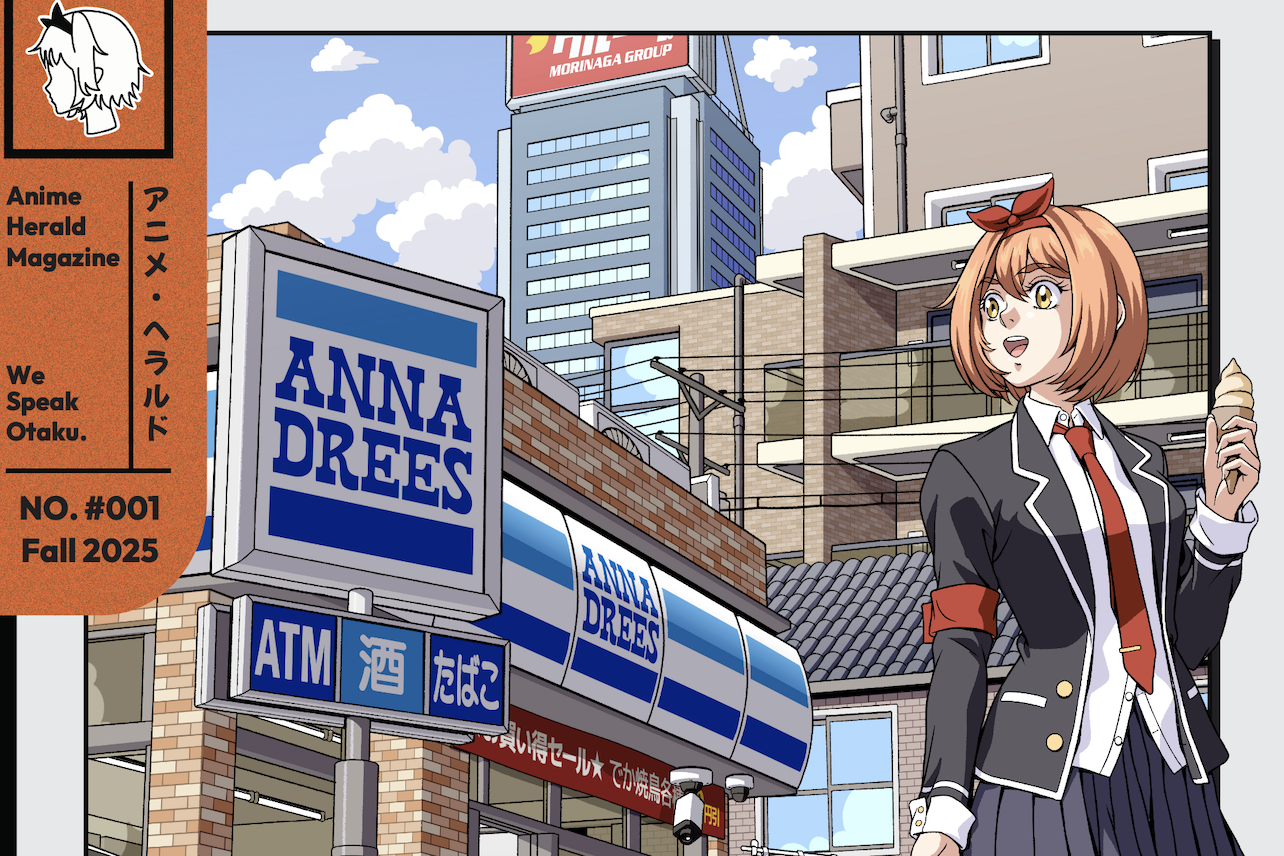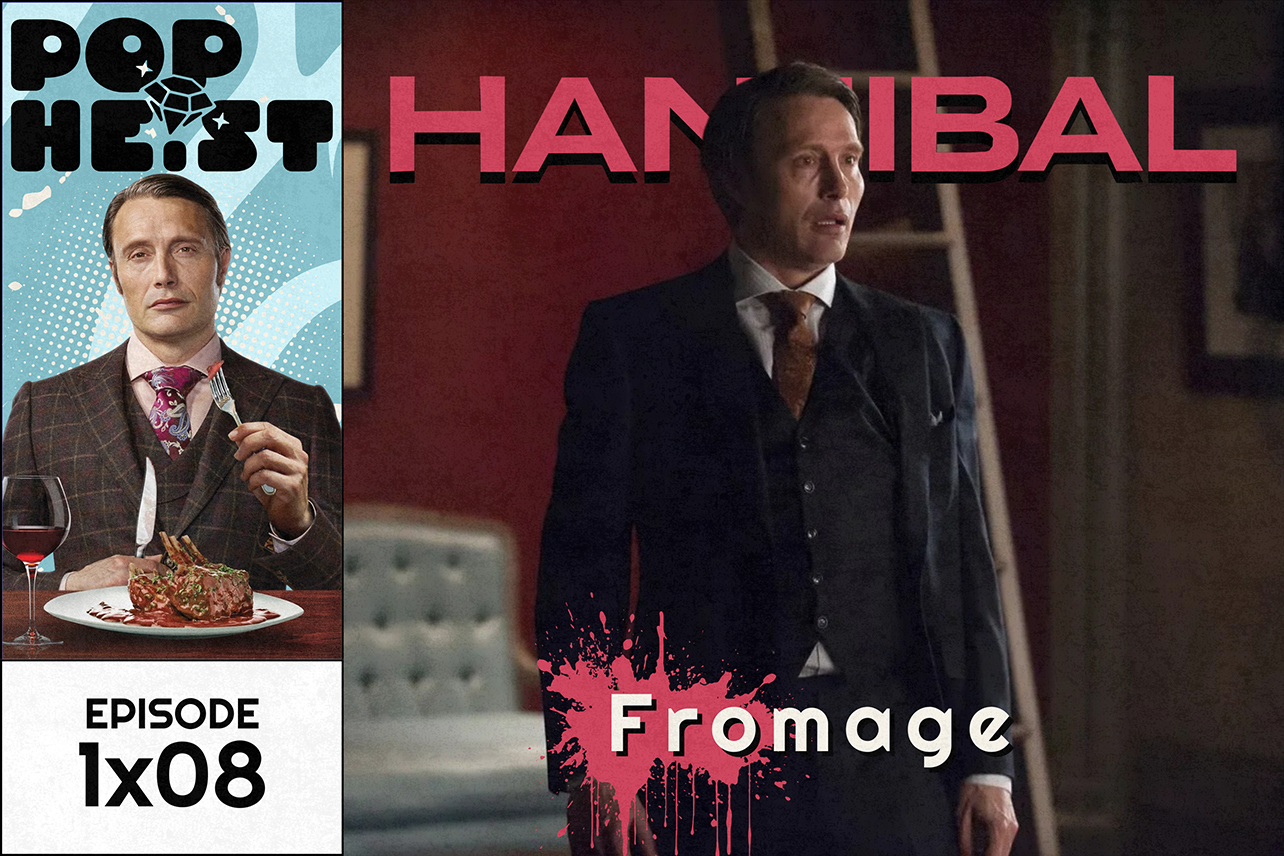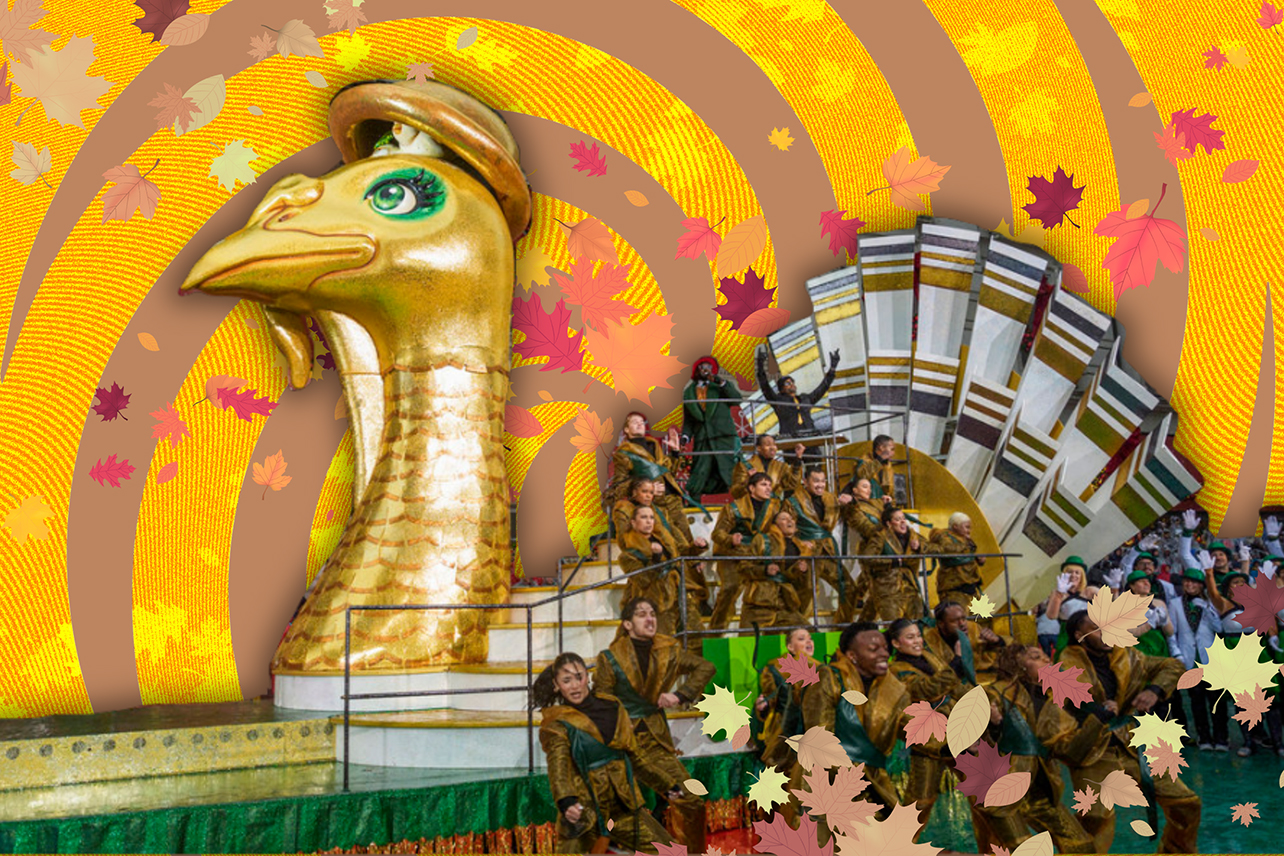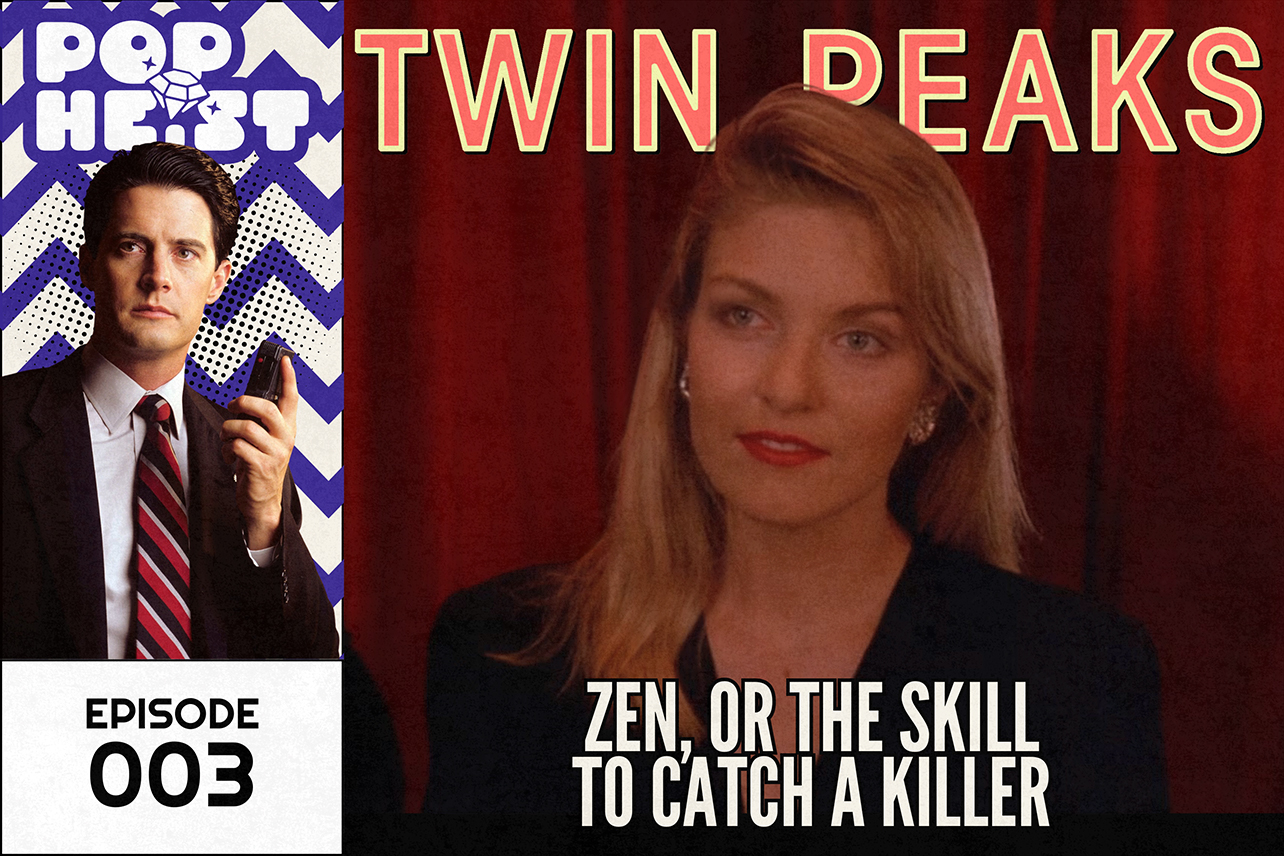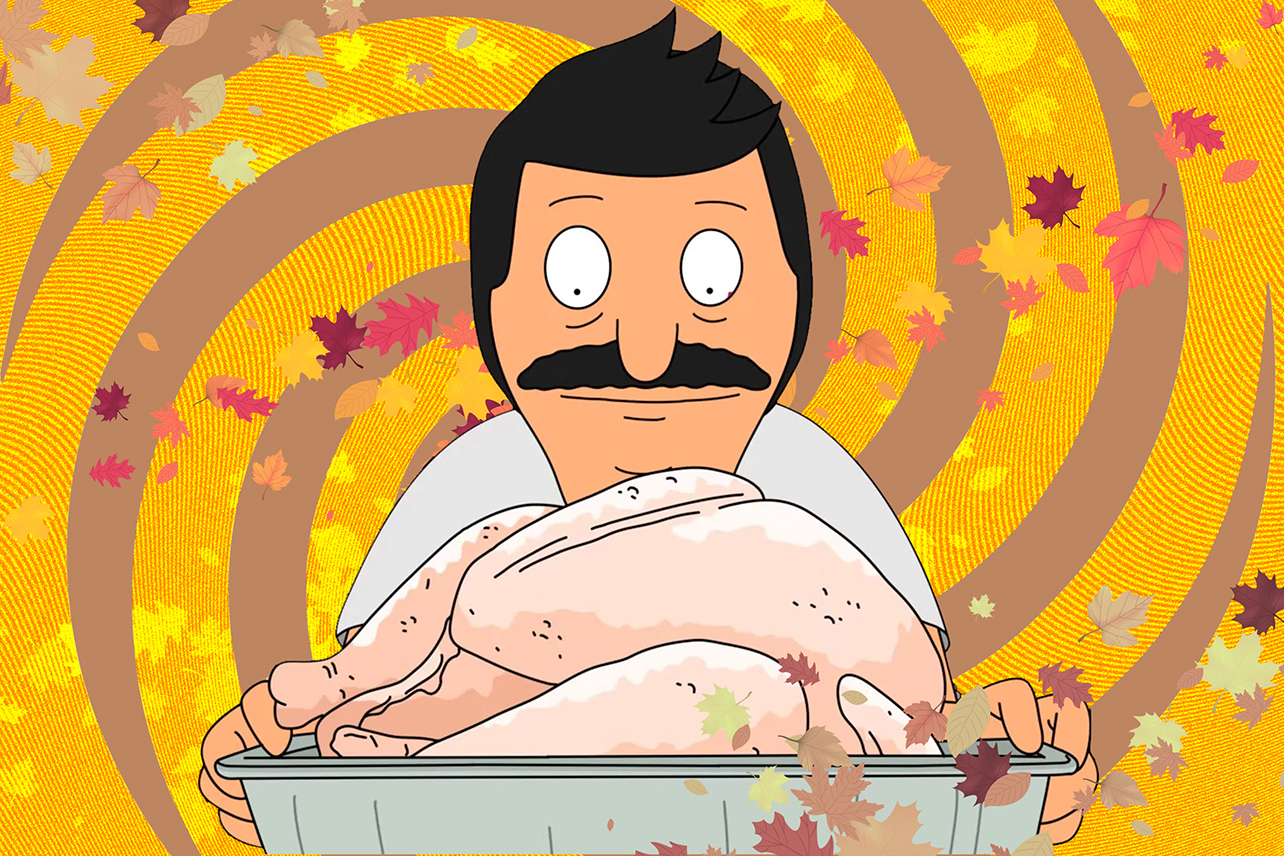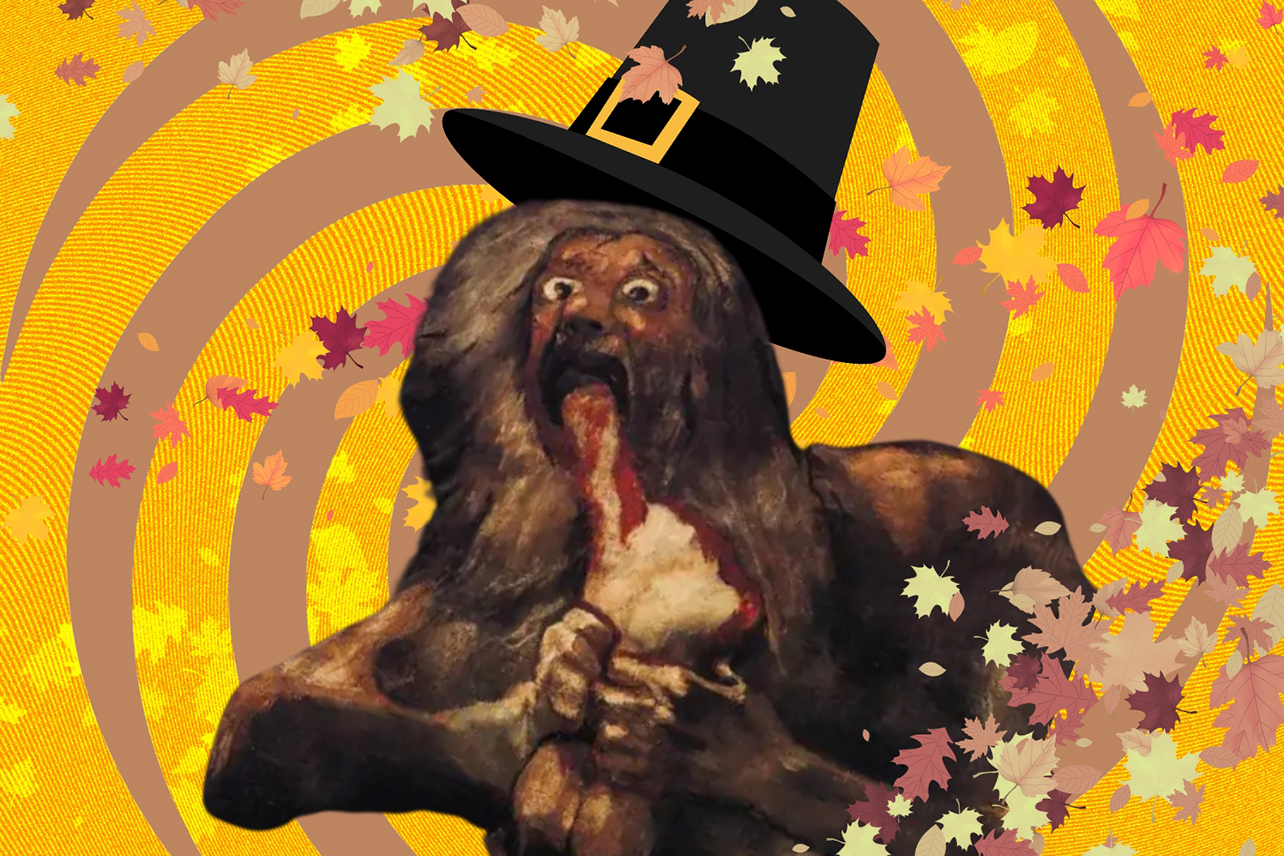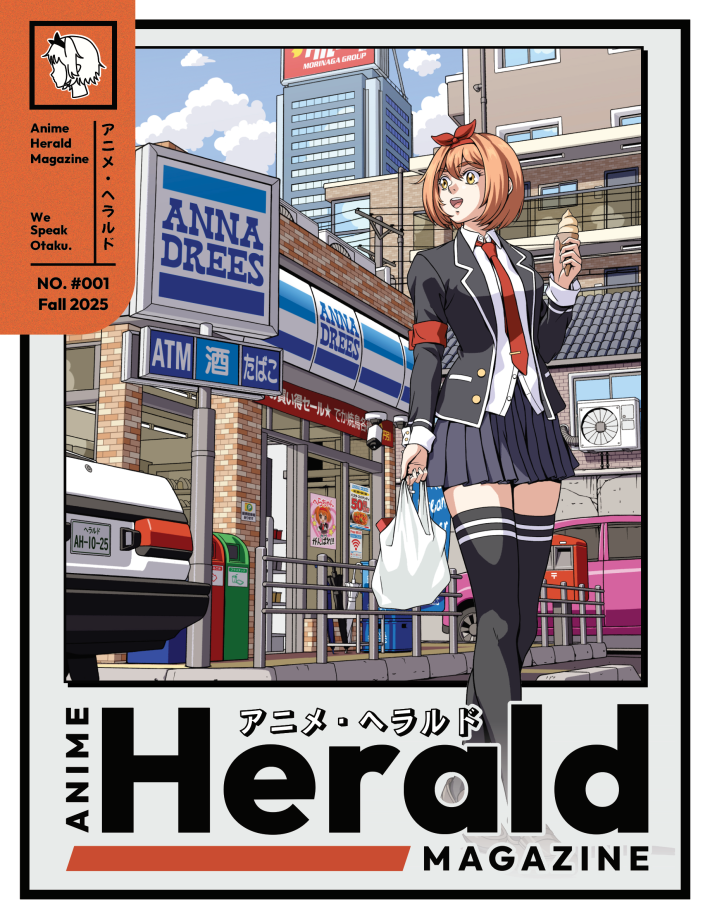
Here's a confession for you: I'm very new to anime. While 10-year-old me enjoyed Dragon Warrior: The Legend of Abel when it aired in the US in 1990, and I dipped my toe into One Piece when I saw how popular it was in Tokyo when I visited in 2012, I didn't really take anime seriously until my spouse marathoned Yuri On Ice and I was in the room with her. Since then I've gobbled up a ton of anime, watching an average of five series, give or take, every season.
Here's another confession for you: I know diddly-shit about the history of anime. Keeping up with new episodes, plus comics, plus grad school, plus shows on Dropout means that I'm riding the crest of the pop culture wave while moving swiftly away from the shore as weeks, months, and years pass. The best I can do is slowly watching Gintama from the beginning and looking longingly at the blu-ray of Chie the Brat that's gathering dust on my shelf.
Thankfully, with the publication of Anime Herald's first print issue, I get to peer into the glorious anime past as told by long-time fans.
The web version of Anime Herald has been publishing think pieces on the art and industry since 2010, a mere 15 years ago that feels like an eternity on top of an eternity. By making the jump to print (and digital, don't forget digital downloads), the well-established website joins a cadre of storied magazines like Animag, Newtype: USA, and Anime Insider, a sister publication to Wizard and ToyFare, magazines I wrote for throughout the mid-to-late 2000's. And with the quality writing they're putting forth, I hope that Anime Herald's magazine format outlasts all of them.
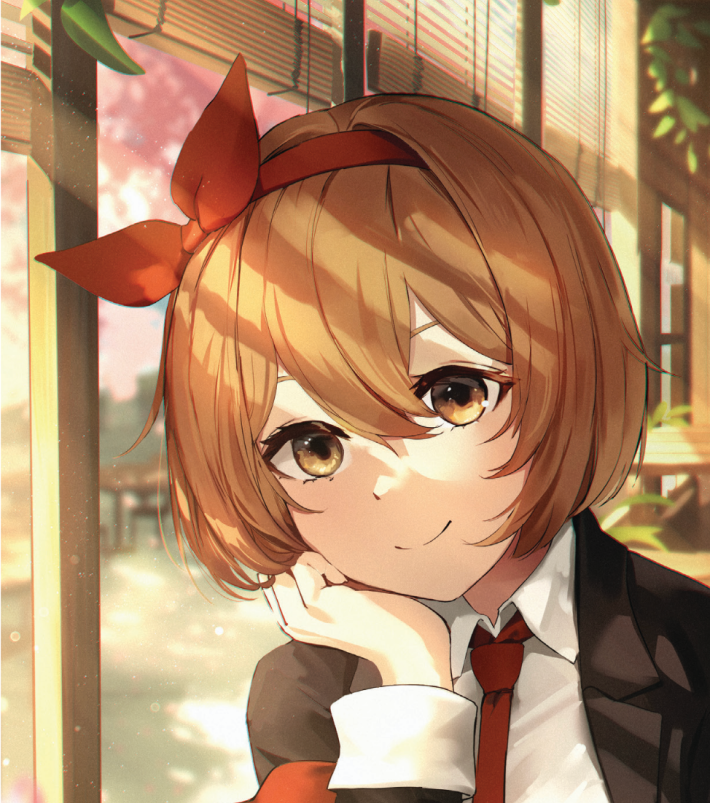
Whereas Anime Insider celebrated whatever new show was hot, and Japanese-only Animage is filled with glossy, surface-level interviews with voice actors who have nothing to say, the print version of Anime Herald serves as a celebration of the medium on one hand and the history of the medium on the other. A dissection of the unique elements of Dungeon Meshi runs alongside a history of the first anime fanzine, appropriately named Fanta's Zine. An interview with mangaka Kamome Shirahama (Witch Hat Atelier) sits beside the timeline of underground gory sex manga genre Ero-guro. I learned about the history of anime journalism, how stage adaptations of manga first came about, and a ton about the mecha anime RahXephon, an Evangelion successor I'd never heard of before.

It's a celebration of Japanese literary, film, and television culture that mixes opinion pieces with well-researched (and referenced) prose. It's an excavation into American attitudes towards those media. It's a history written by the lovers. It's finding endless meaning in an art form that conceals so much depth, aspiration, and hardship. It's new writing mixed with seriously important articles from Anime Herald's deep past. In short, it's an examination of anime and anime fandom in equal parts.
What it's not is an industry mouthpiece. I subscribe to Animage, shipped from Japan every month, and it's clear what their favorite shows and studios are. There have been so many months with Pre-Cure on the Animage cover. New shows get much coverage, with interviews aplenty. Anime Herald offers interviews as well, but with substance: the interview with mangaka Nekotofu about the Trans Sexual Fiction story Onimai: I’m Now Your Sister deals with heavy social topics and is presented in both English and Japanese so you can double check the translation. If there's an article about one show in particular, it's never an article celebrating the "cool" moments, it's an article talking about the impact that show had on the industry or on fandom or how it broke new or unexpected ground. It's educational and good for you.
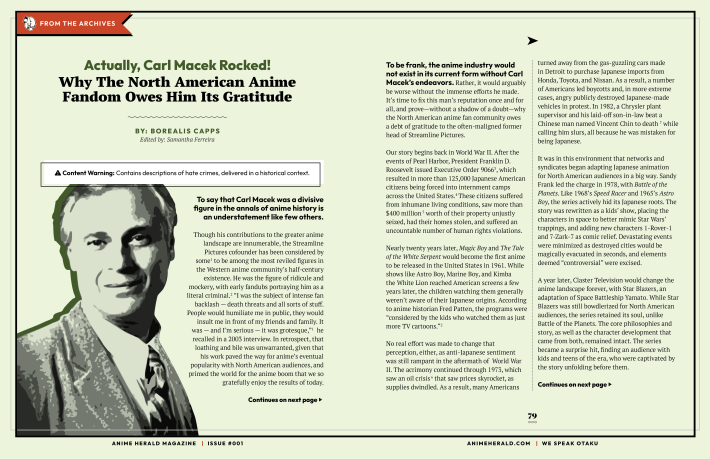
The downside of moving from the web to print is clearly the lack of access to photos and art from the shows being profiled. As I know from working on Pop Heist, it's easier to grab a photo off the internet, find the attribution and then credit it on your website than it is to do the same for a print publication.
Getting a print edition brings the work of writers like Borealis Capps, Samantha Ferreira (also the Editor-in-Chief), and Lynzee Loveridge into a larger environment, but also means that the eyes of the studios and publicists and (yikes) copyright attorneys are on your work. This work is now monetized which means the art, but clearly not the design, is limited. So while there are some character photos used in the Dungeon Meshi article, most articles have either stock photos or no photos whatsoever. A little distracting, but understandable (I would have loved some screengrabs from the Lupin III laser-disc game, just for context).
But if you're here for the content? The guts? Oooo, chef's kiss. Anemoia is the term coined for nostalgia for a time you never experienced yourself. Anime Herald picks you up, wherever you are in the world, and places you in various places across the past 110 years of Japanese pop culture. In one night I relived the American response to the first "Japanimation" imports, discovered the importance of slice-of-life side stories from Fate/stay night, and was taken back to the early days of the internet where message boards were the way we connected to like-minded friends.
Despite getting a review PDF for this review, I had already preordered my print copy months ago. It's well worth picking up from issue #1. Purchase your copies here.
